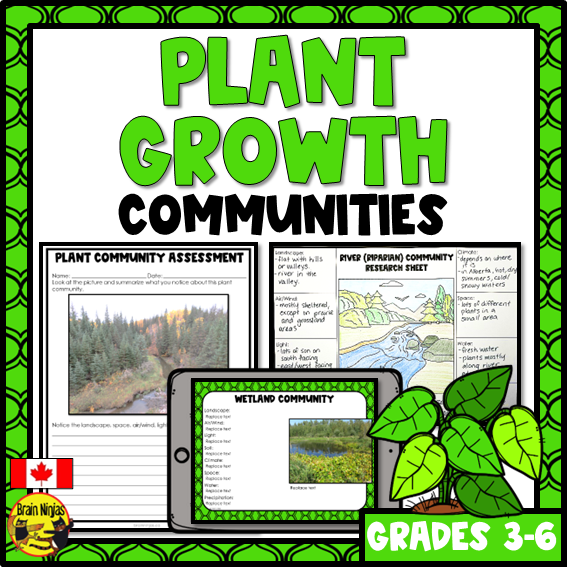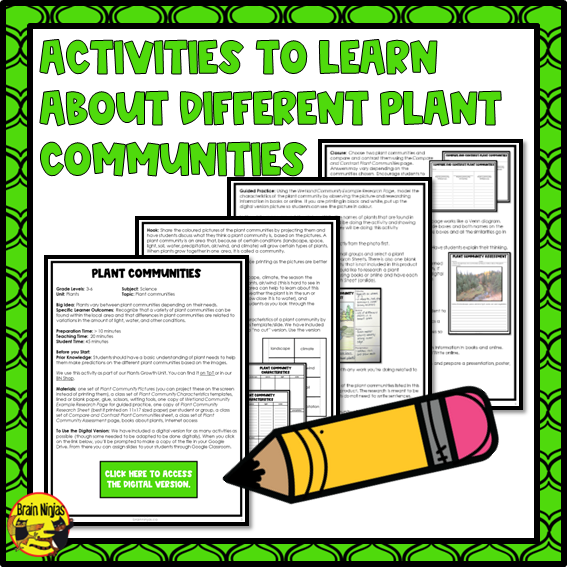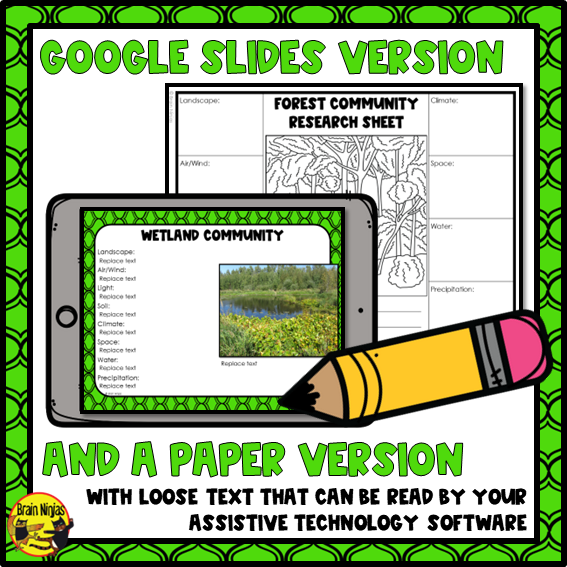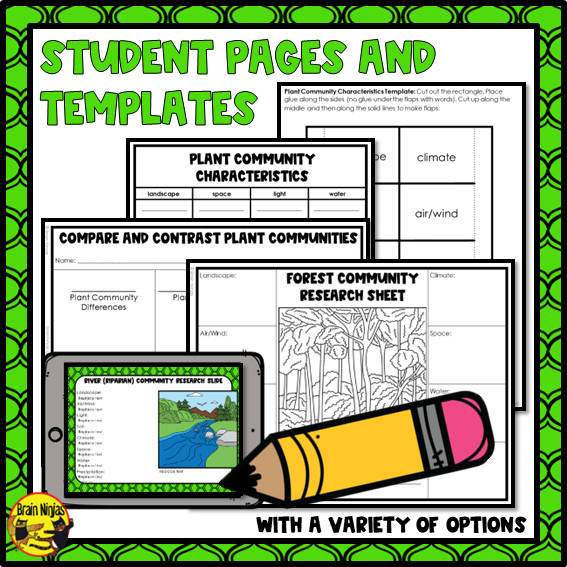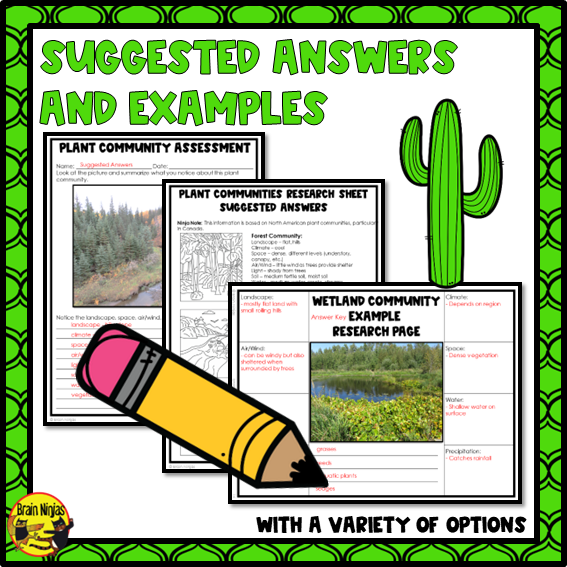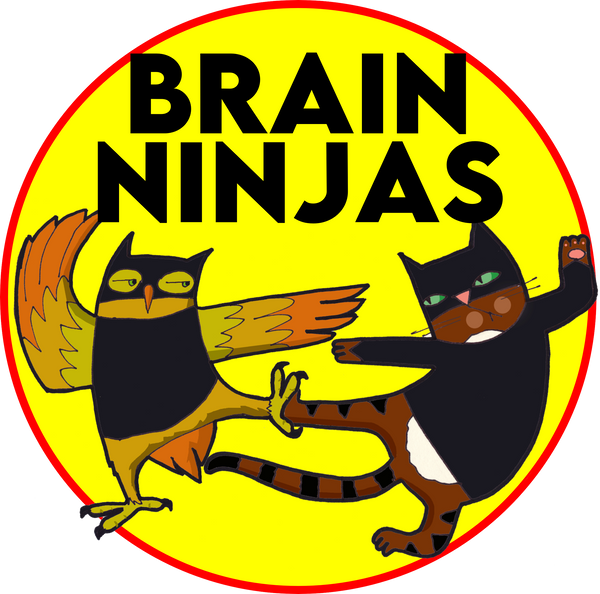Plant Growth and Changes | Communities | Paper and Digital
Plant Growth and Changes | Communities | Paper and Digital
Couldn't load pickup availability
Help your students understand that plants live in different communities because of their needs. These activities will get your students thinking about how and why certain plants live together in different geographical areas. The best part is no prep for you!
This resource is part of our Plant Growth and Changes Unit.
This engaging resource comes with:
- a complete lesson plan to provide background for your students on how to use photographs to learn about plant communities.
- colour photographs of different plant communities.
- student research pages in a variety of formats.
- student pages to compare and contrast different plant communities.
- answer keys and background information about the different communities for the teacher.
- a short assessment activity.
- possible extension activities.
- suggestions to modify the activities for your students.
- plant communities in ponds, rivers, mountains, grasslands, foothills, and forests.
- a digital version of the student pages. It uses Google Slides and has loose text which can be read by your assistive technology.
Ninja Note: This resource requires books or websites about plants so students can find information about a specific plant community. Students will be asked to learn about a plant's needs to determine which community it might belong to.
The background knowledge provided for plant communities in this resource is mainly in North America and Canada specifically. There is a blank student page that can be used for any plant community in the world.
This resource supports:
- any basic plant unit.
- Saskatchewan Science Curriculum Grade 3 Plant Growth and Changes PL3.1 PL3.2
- Ontario Science Curriculum Grade 3 Growth and Changes in Plants
Do you teach science in Alberta? We have science units for you!
- Learn how we're adjusting resources to align with the new science curriculum in Alberta.
- Grade 3 Full Year of Lessons and Activities
- Grade 4 Full Year of Lessons and Activities
- Grade 5 Full Year of Lessons and Activities
- Grade 6 Full Year of Lessons and Activities
Do you teach science in Canada? These units are for you:
- Waste in Our World Unit
- Light Science Unit
- Plant Growth Unit
- Simple Machines Unit
- Weather Unit
- Wetland Ecosystems Unit
- Electricity and Magnetism Unit
- Chemistry Unit
- Astronomy Unit
- Human Body Systems
Ninja Note: To access the digital version of this file, download the PDF and click on the access link in that file.
Have a question? Before contacting us, check our Frequently Asked Questions page.
